Celebrating World Wildlife Day on 3 March - and for the World ARC 2024 fleet it’s an honour to be in the Galápagos Islands on this day, where over 80% of the land birds and 97% of reptiles and land mammals are totally endemic to the archipelago.
Located in the Pacific Ocean, off the coast of Ecuador, Galápagos has one of the most pristine island ecosystems on Earth, and 97% of the land area is designated as a protected National Park. It’s one of the best places for interacting with animals in the wild at close range, both above and below the water.
Here's just a few of the creatures we’ve spent time with during our visit to Galápagos:
Marine iguanas are the only lizard in the world with the ability to live and forage at sea. The adults are black for most of the year. However, the males change colour during the mating season, during which they fight for dominance over harems of females and will fiercely defend them from rival males. They grow to a maximum size of 1.5 metres and have a lifespan of between five – 12 years.
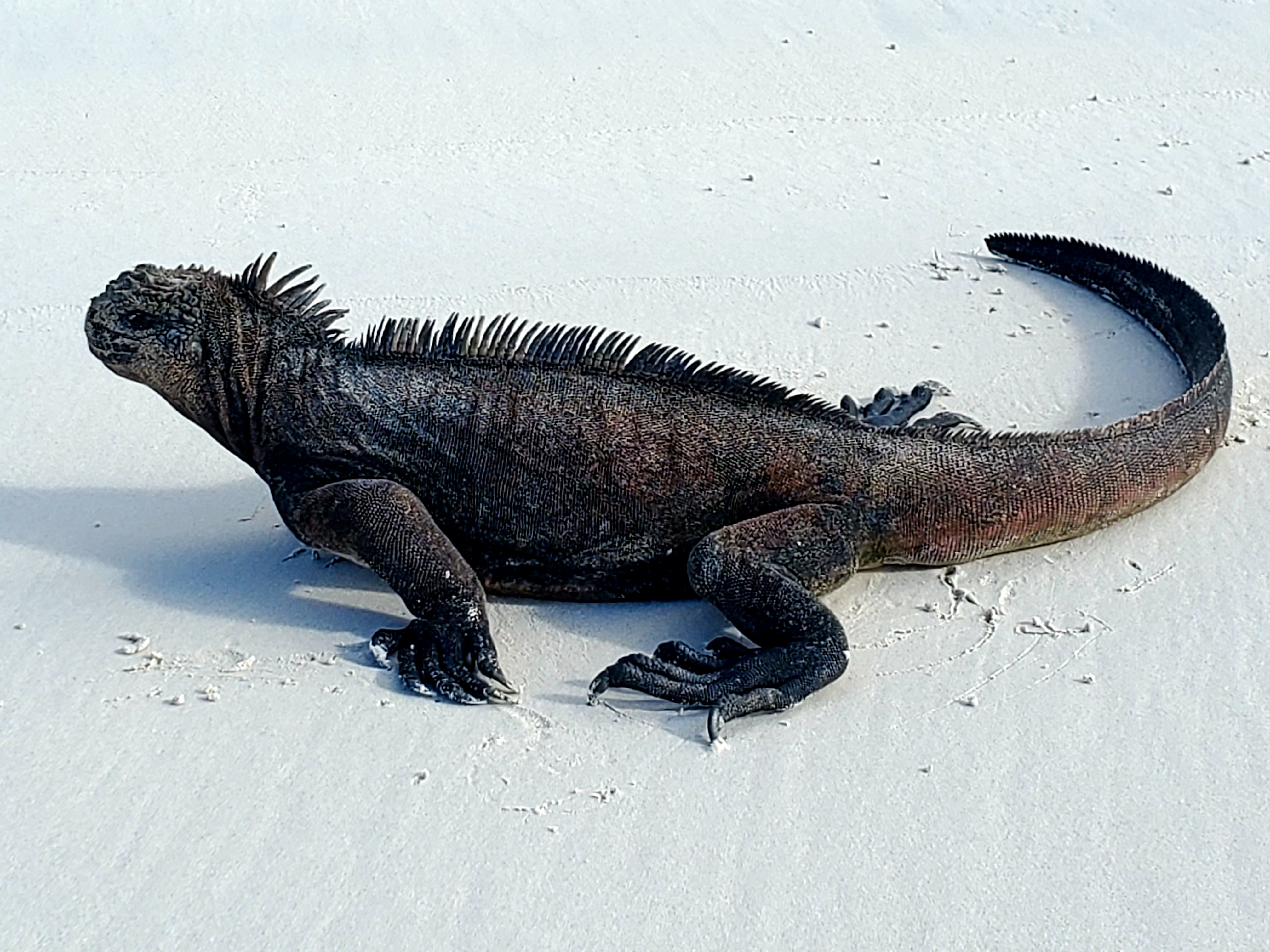
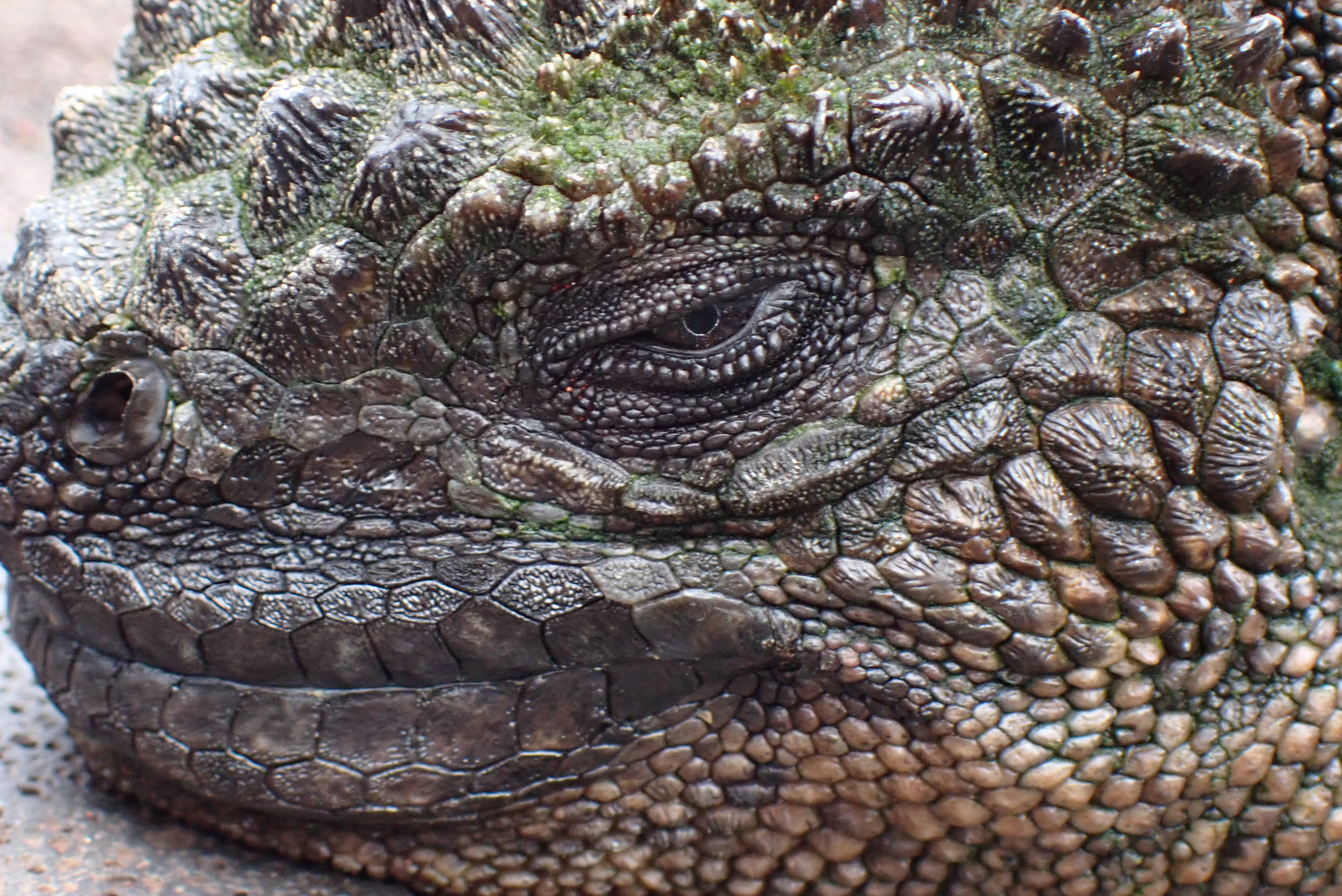
The most famous resident of the Galápagos Islands is the Galápagos giant tortoise. In fact, the very word 'Galápagos' derives from an old Spanish word for tortoises! An endangered species, they live to over 100 and are an average size of 1.5 metres. They spend around 16 hours each day resting, and the remainder they enjoy eating grasses, fruits and cactus pads.
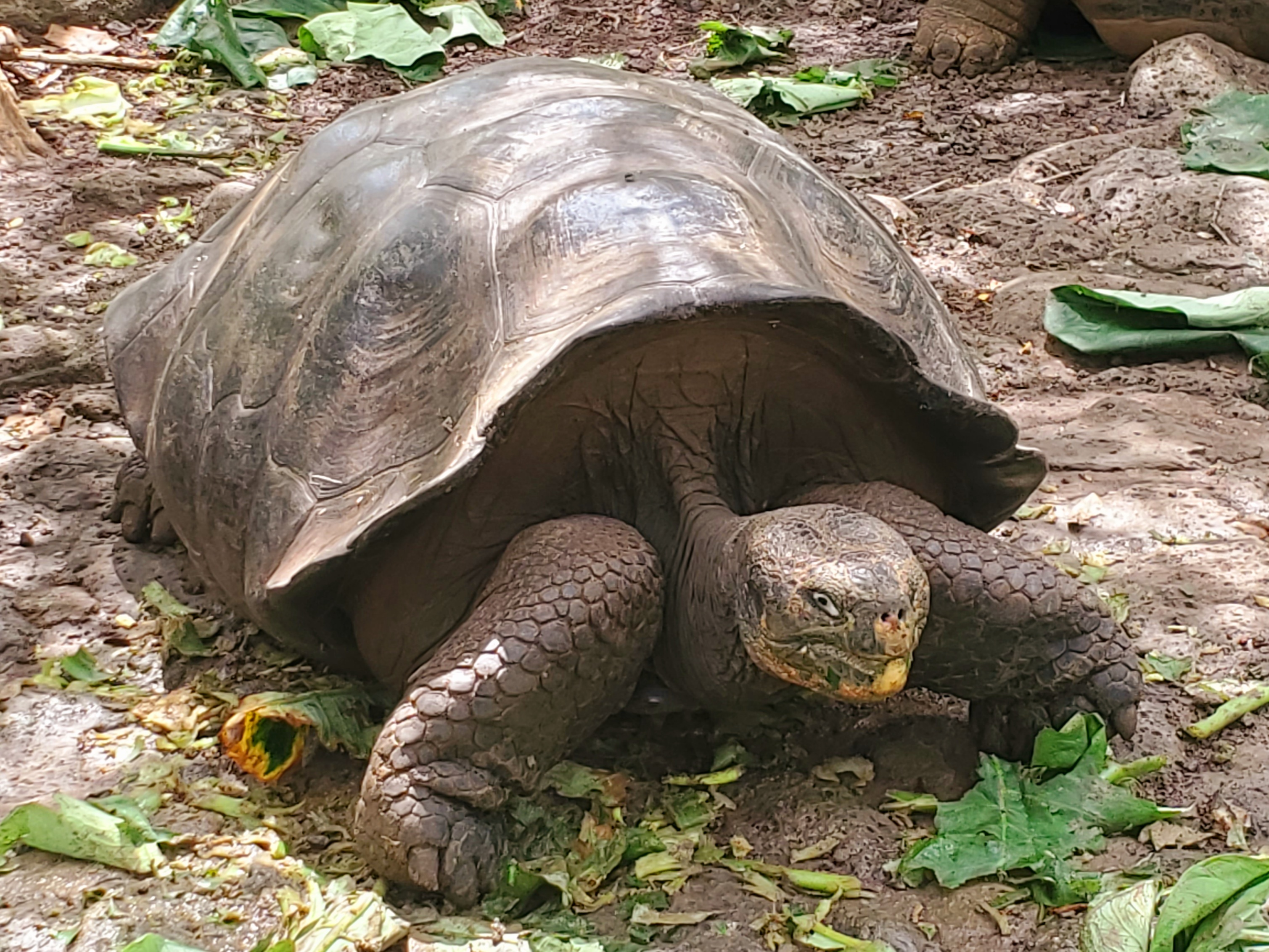
-%20JS.jpg)
The most abundant marine mammal in the archipelago is the Galápagos sea lion. Their smooth and streamlined body shape, make them efficient hunters, especially of sardines, which are their main prey. Males can weigh up to 400kg - four times that of females – and their average lifespan is 15 to 20 years. Diving depths of up to almost 600 metres, sea lions can stay underwater for over ten minutes.
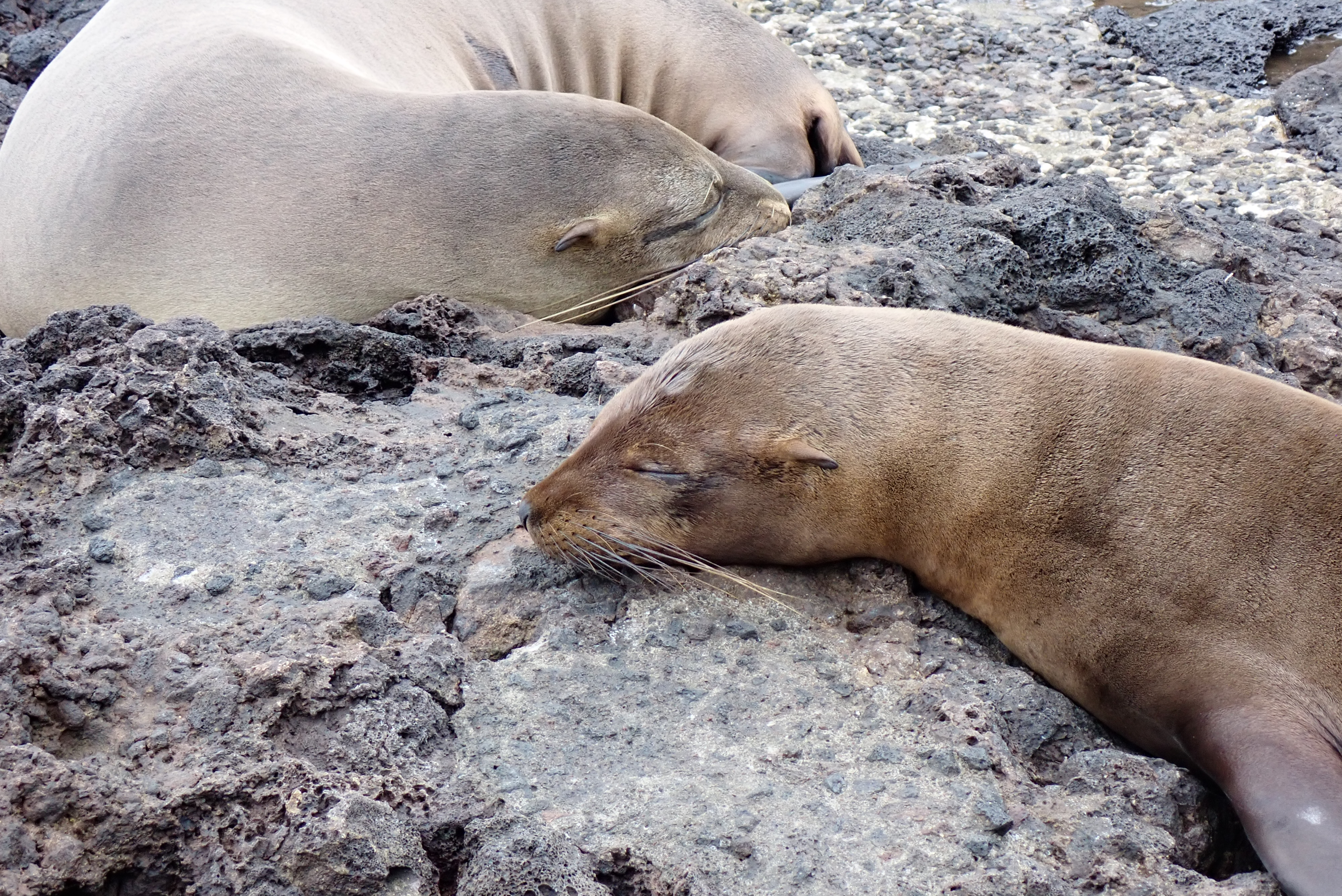
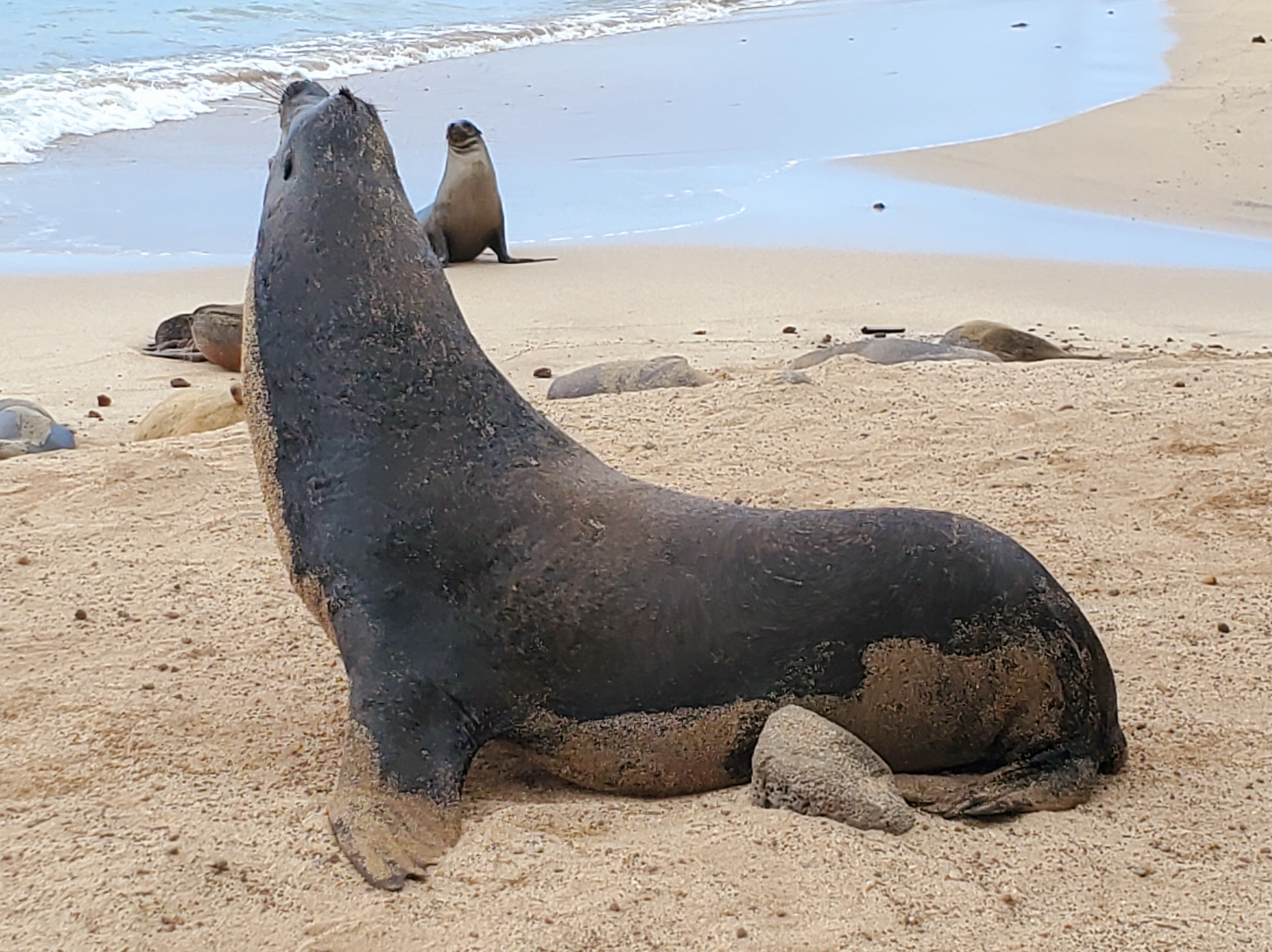
The blue-footed booby is one of three booby species found on Galápagos, and their brightly coloured feet make them one of the easiest birds to identify. With an average lifespan of 17 years, they are large, distinctive birds, found along the Eastern Pacific coastline, where they often nest on small islands with rocky coasts. Their large blue feet play an important role in courtship and females are thought to select males with brighter feet, as they are an indicator of his overall condition and thus the quality of his genes.
%20-%20JO.jpeg.jpg)
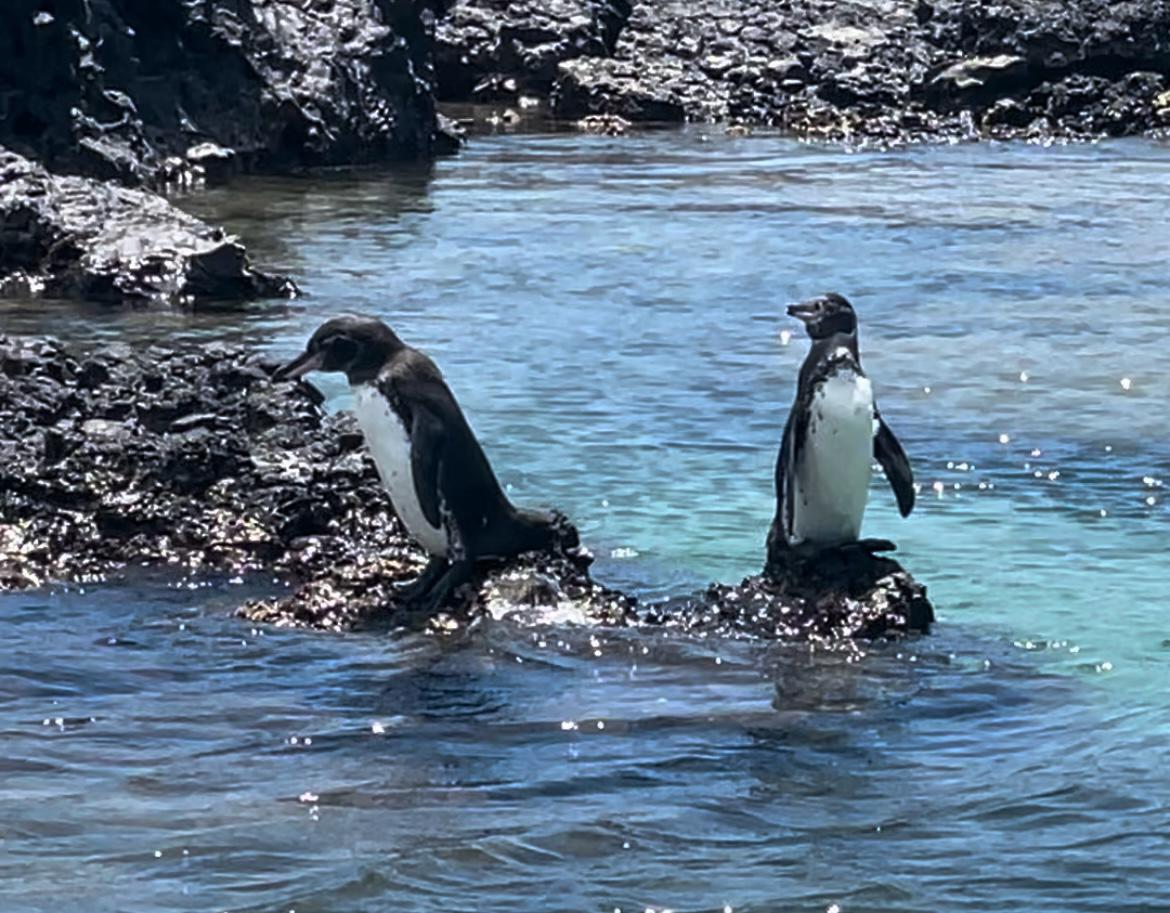
A favourite with many, the Galápagos penguin is one of the smallest penguins in the world. It is the most northerly occurring penguin species, nesting entirely in the tropics, with some colonies living on the northern tip of Isabela in the Northern Hemisphere. They are extremely agile underwater, reaching speeds of 35 km per hour when hunting. Their diet consists primarily of cold water-schooling fish, such as anchovies, sardines and mullet, which are able to live in the Galapagos Marine Reserve thanks to the cold waters of the Humboldt Current.
World Wildlife Day is for connecting people with the natural world and inspiring continued learning. The theme for 2024, is connecting people and planet: exploring digital innovation in wildlife conservation.